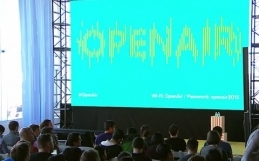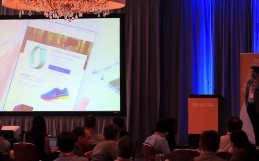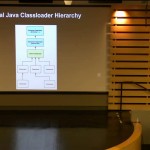Cancer currently accounts for roughly 13% of all deaths globally and, interestingly, this statistic is the same across developed and undeveloped countries where the best chance of effective treatment with cancer is through early detection allowing patients and medical staff to make early remedial planning decisions.
IBM’s Hursley Labs in the UK comprise a small team of specialised researchers and technologists whose pioneering work is the result of collaboration with leading third party research organisations and linking proven and existing technology to the most compelling exploratory concepts one of which is applying machine learning to cancer in order to identify cancer cells very early on.
Graham White gives a short insight here into the work that ETS are doing with pointing machine learning at cancer research in a project which he worked on as part of an IBM hack day and involvement with Cancer Research UK.
White explains how scientists look out for the irregular shaped hollow cancer cells using chemical staining to identify the contours of each individual cell with IBM’s computer vision technology. This allowed researchers to label the cells to create a training set to put through White’s algorithm which generated positive and negative output types to assess whether a biopsy contained cancerous cells.
Comprehensive work in the US has also seen IBM Research working with the Memorial Sloan Kettering Cancer Center using an image-guided informatics system called Medical Sieve, which provided reasoning capabilities and clinical knowledge to assess samples whilst addressing the problem of human fatigue factors in laboratory observations.
One drawback of statistical modelling with cancer where there are so many classes and sub classes of the disease, can be overfitting, where the learner may adjust to random features of training data which could be seen as rogue to the target function meaning that particular algorithm are not suited to specific strains of the disease.
Dr. Thomas Wilhelm of the Institute of Food Research developed a technique in his research where unseen data was run through hundreds of different models to see which one produced the best results, research which Dr.Wilhelm says ultimately was able to predict the development of cervical cancer. This type of research will ultimately allow GPs to be able to predict from a DNA level what type of cancer is likely to develop in patients long before it has started growing and suggest treatment for prevention of growth.





